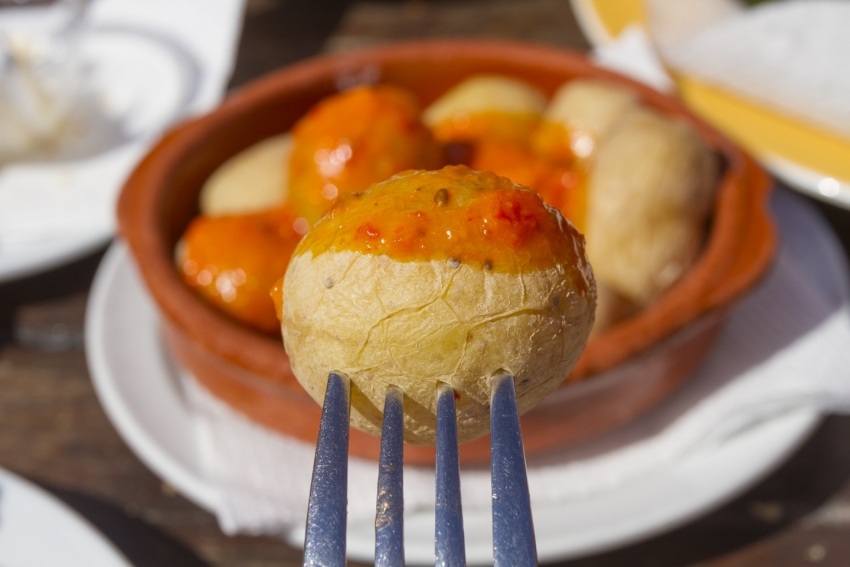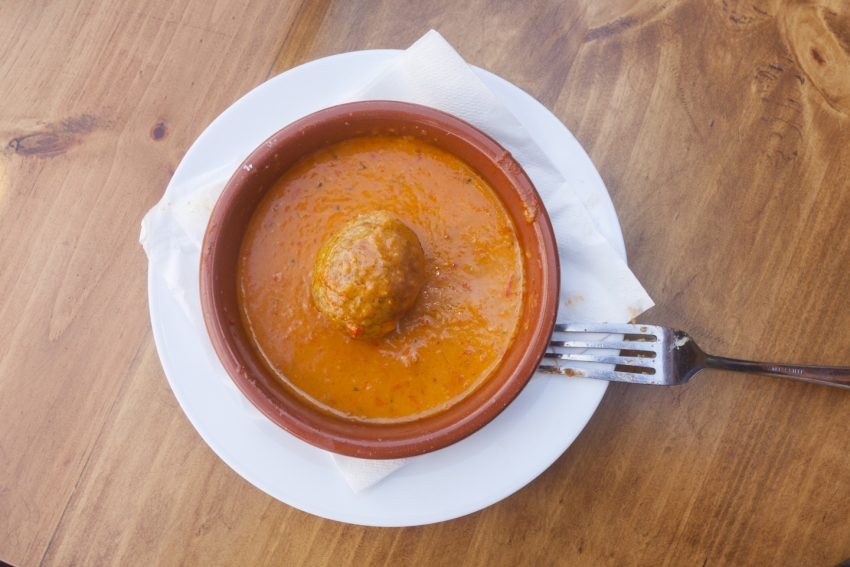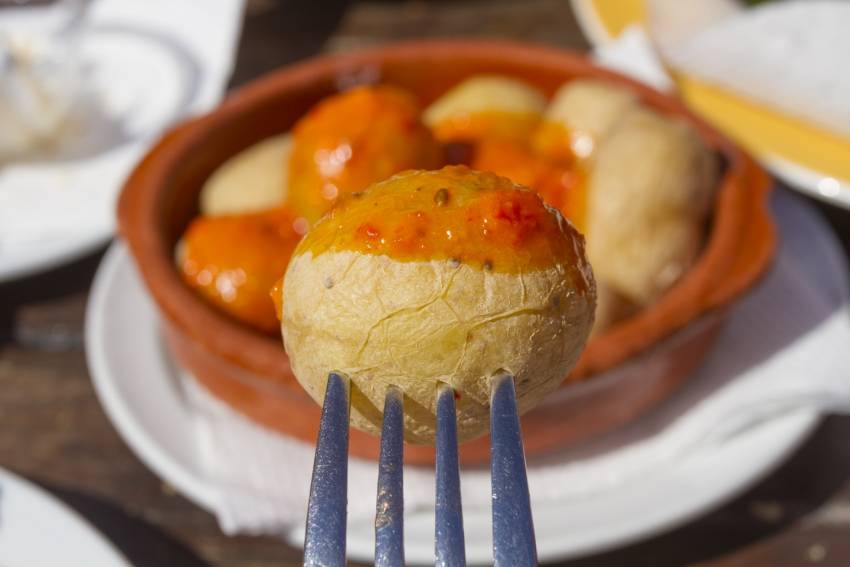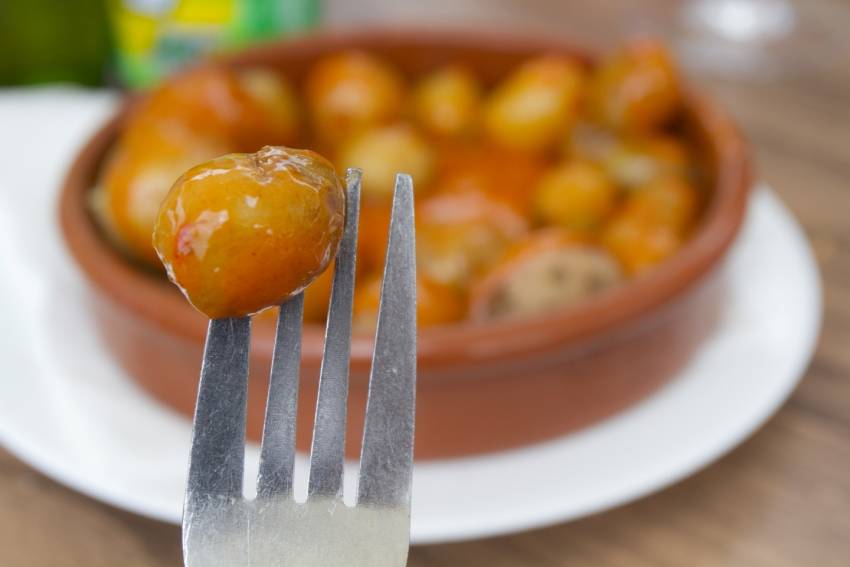Good Canarian Mojo Sauce Looks Like Molten Rock
There are more 'grandma's secret' red mojo recipes in Gran Canaria than there are little old ladies. In most cases, the only secret is which supermarket the sauce comes from.
The History & Origins Of Canary Islands Mojo Sauce
Mojo is the big star of Canary Islands cuisine and the dish that visitors always rave about. But where is it from originally? Our research shows that mojo is a tasty sauce with a fascinating history that spans three continents and thousands of years.
Seven Reason Why Canary Islands Mojo Sauce Is Good For You
Canarian mojo sauce tastes great and is made with fresh, healthy ingredients. Here're seven reasons why you should eat as much mojo sauce as possible in the Canary Islands.
The Legendary Red Mojo Sauce: Gran Canaria Recipe
Mojo sauce is the Canary Islands' most famous condiment and one half of "papas arrugadas con mojo", our most popular dish. It is tasty, garlicky and spicy, but not actually that fiery unless you get Mojo Picon; the chilied up version.
Mojo sauce is either red or green (mojo rojo and mojo verde) depending on whether it is flavoured with paprika or fresh coriander. Both types also contain oil, vinegar, cumin, garlic and chili. The red form is served with small, salted potatoes while the green form is traditionally served with fish.
The name mojo probably comes from the Portuguese word molho, which means sauce: A reminder that many early Canarian settlers came from the nearby Portuguese island of Madeira. They migrated to the Canary Islands to start off its sugar cane industry.
Red Mojo Recipe
Makes enough for a good portion of mojo sauce for papas arrugadas for four people.
Ingredients
5 garlic of cloves
A teaspoon of cumin seeds
2 or 3 dried birds eye chilies, more for Mojo Picon
A good pinch of salt
A teaspoon of smoky paprika or pimentón
3 tablespoons red wine vinegar
5 tablespoons olive oil
3 or 4 tablespoons breadcrumbs to thicken
A splash of water to loosen the sauce, or a couple of roasted tomatoes.
Method
Dry fry the cumin until it starts to pop to release its flavours. Grind it up in a pestle and mortar along with the dried chilies, salt, pimentón and the garlic cloves until you get an even paste. Add the olive oil and vinegar and mix well. Add breadcrumbs to thicken and water to loosen. Mojo should be thick enough to stick to the potatoes but not be lumpy.
Mojo Rojo is almost always served with papas arrugadas: Small potatoes cooked in sea water or very salty water. The salt sucks water out of the potatoes, leaving them with wrinkled skin.
To make papas arrugadas boil small potatoes in just enough sea water or salty water to cover them. Leave the pan uncovered and cook until the water is almost all gone. Leave them in the open pan until they are dry and the skin is covered with a fine white crust of salt.
To make proper papas con mojo pour the sauce generously over the potatoes rather than in a separate dish. Squash each potato before removing it from the sauce for maximum absorption. Papas con mojo goes brilliantly with good Canarian goat's cheese.
Gran Canaria Info recommends:
- Default
- Title
- Date
- Random
















